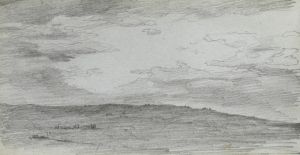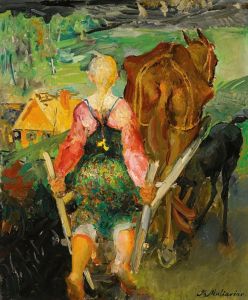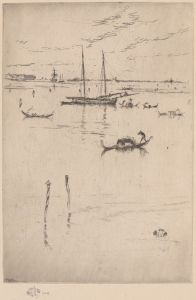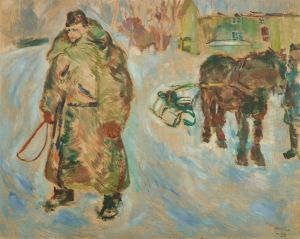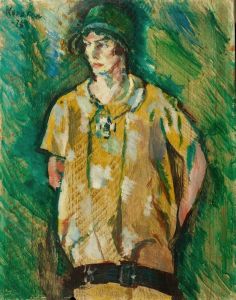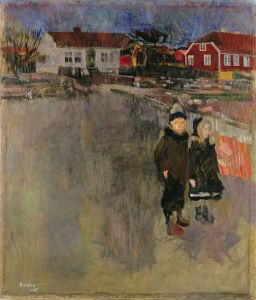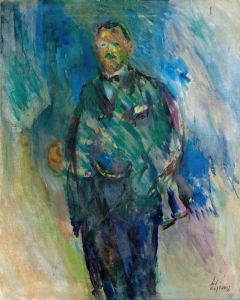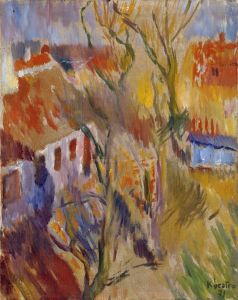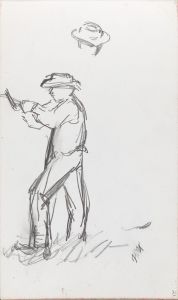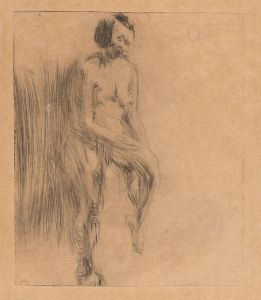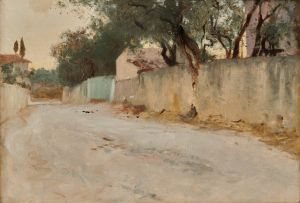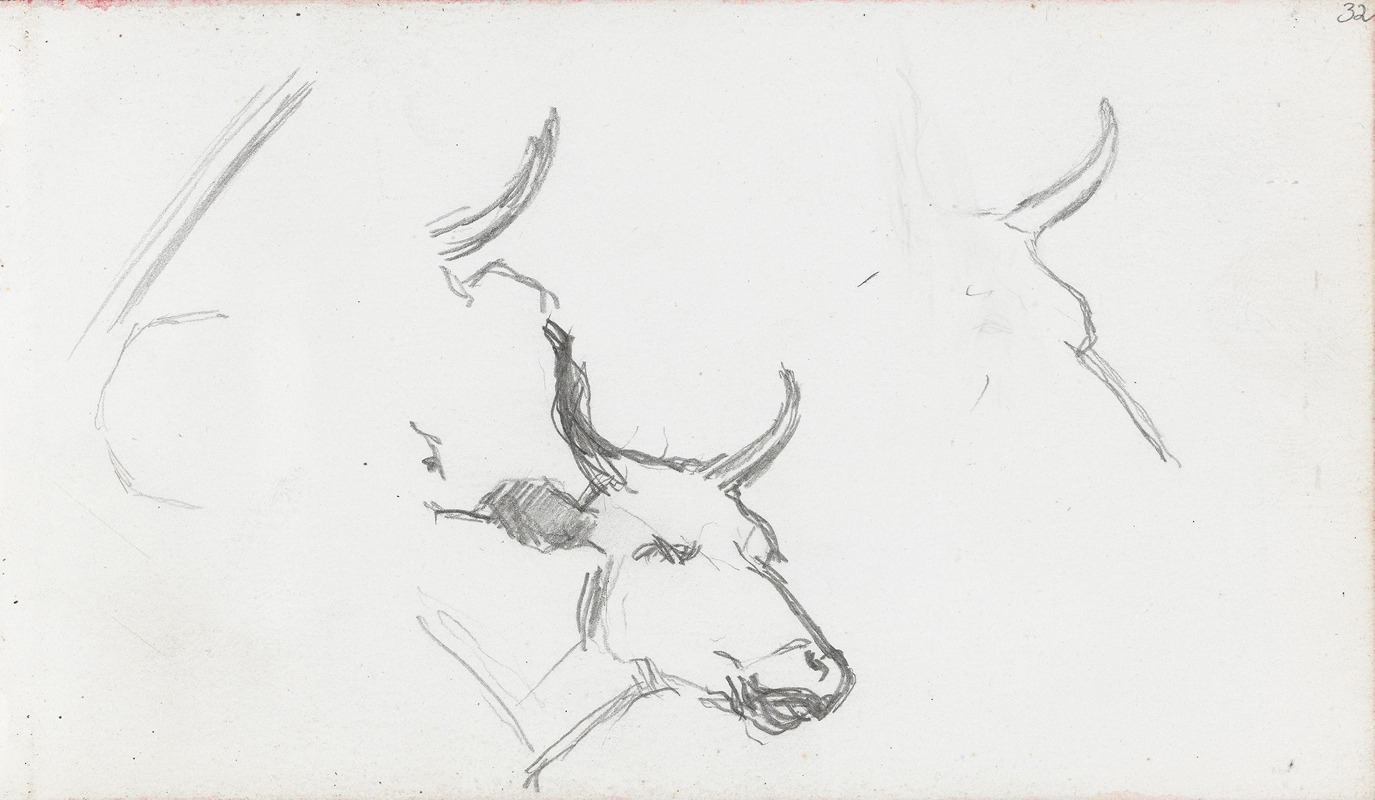
Oksehode
A hand-painted replica of Ludvig Karsten’s masterpiece Oksehode, meticulously crafted by professional artists to capture the true essence of the original. Each piece is created with museum-quality canvas and rare mineral pigments, carefully painted by experienced artists with delicate brushstrokes and rich, layered colors to perfectly recreate the texture of the original artwork. Unlike machine-printed reproductions, this hand-painted version brings the painting to life, infused with the artist’s emotions and skill in every stroke. Whether for personal collection or home decoration, it instantly elevates the artistic atmosphere of any space.
Ludvig Karsten (1876-1926) was a prominent Norwegian painter known for his expressive and colorful style, which was influenced by both Impressionism and Post-Impressionism. One of his notable works is "Oksehode" (translated as "Ox Head"), which exemplifies his bold use of color and dynamic brushwork.
"Oksehode" was created in 1915, during a period when Karsten was deeply engaged with the themes of nature and rural life. The painting depicts the head of an ox, rendered with vigorous and expressive strokes that convey both the physical presence and the character of the animal. The use of vibrant colors and the loose, almost abstract application of paint are characteristic of Karsten's mature style, which sought to capture the essence of his subjects rather than their precise details.
Karsten's approach to painting was heavily influenced by his studies and travels in Europe. He spent time in Paris, where he was exposed to the works of the French Impressionists and Post-Impressionists, including Paul Cézanne and Henri Matisse. These influences are evident in "Oksehode," particularly in the way Karsten uses color to create form and depth. The painting's background is composed of broad, sweeping strokes of color that contrast with the more detailed rendering of the ox's head, creating a sense of movement and vitality.
"Oksehode" is also notable for its emotional intensity. Karsten was known for his ability to infuse his works with a sense of drama and passion, and this painting is no exception. The ox's head is depicted with a sense of power and presence, its eyes conveying a depth of feeling that draws the viewer in. This emotional resonance is a hallmark of Karsten's work and contributes to the enduring appeal of his paintings.
Ludvig Karsten's career was marked by both critical acclaim and personal struggles. He was a central figure in the Norwegian art scene of the early 20th century and was associated with the group of artists known as the "Kristiania Bohemians." Despite his success, Karsten's life was often tumultuous, and he struggled with issues of mental health and substance abuse. He died tragically young at the age of 50, but his legacy as one of Norway's most important modernist painters endures.
"Oksehode" remains an important work within Karsten's oeuvre, reflecting both his technical skill and his unique artistic vision. The painting is held in high regard for its innovative use of color and form, as well as its ability to convey the emotional depth of its subject. Today, "Oksehode" is part of the collection at the National Museum of Art, Architecture and Design in Oslo, where it continues to be appreciated by art lovers and scholars alike.
In summary, "Oksehode" by Ludvig Karsten is a significant work that showcases the artist's mastery of color and expressive brushwork. It stands as a testament to Karsten's contribution to modernist painting and his ability to capture the essence of his subjects with emotional intensity and artistic innovation.






